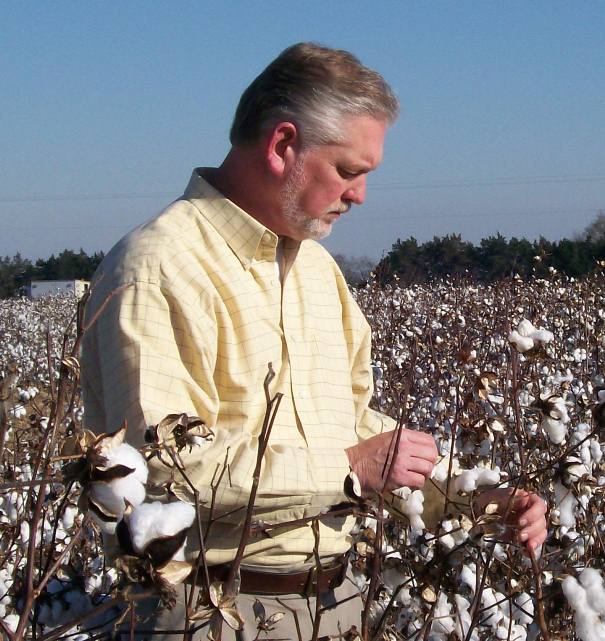By: Dr. Don Shurley

Apparently, USDA’s September numbers took the market by surprise. I don’t quite understand why that should have been the case, but apparently it was. To a lot of folks that know cotton and keep a close eye on things, the September numbers were not really that much of a surprise. It was expected that the numbers might reflect higher planted acres and higher yield, but not yet reflect the impacts of Hurricane Harvey.
This is why the move back to 75 cents on December futures was considered to be a good late-season pricing opportunity. As expected, it will now be the October report before USDA numbers reflect Harvey and, now, Irma impacts. Of course, other sources will provide loss estimates in the interim. As more is known and if the crop does eventually get smaller, prices could still rally to recover some of this week’s decline.
I’m surprised the market has not yet reacted to Irma. The Georgia crop, currently estimated at 2.7 million bales, was hit by heavy rain and sustained high winds. There will be yield losses due to twisted and down stalks, and from branches and lint blown from open bolls to the ground.
The week started out with a wild Monday (September 11), with December ranging from 75.45 to 71.59 cents before closing at 72.11 – down 2.48 cents. This was before Tuesday’s report, when December was down the limit to 69.11 cents. Since then, December seems to have “landed” at that 69-cent area.
So, we’re back pretty much where we were pre-Harvey. If the 68 to 69 cent area holds moving forward, any rally will be challenged around the 71 to 72 cent area.
The U.S. crop is now estimated at 21.76 million bales – 1.21 million bales higher than the August estimate. Acres planted were increased 560,000 acres, acres to be harvested increased 460,000, and yield increased from 892 to 908 lbs per acre.
This month’s report revised acres planted from the first estimates made back in June. Acreage was revised up in 14 states, including a roughly 300,000-acre increase in Texas, 110,000-acre increase in Oklahoma and 80,000 in Mississippi. Georgia plantings were revised down 60,000 acres.
The projected U.S. yield was revised up to 908 lbs per acre. Yield was increased in 14 states, including sizable increases in Kansas, Mississippi, Oklahoma and Virginia. Acres to be harvested, yield, and total production are subject to further revision as the aftermath of Harvey and Irma continue to be deciphered.
The market will continue to be volatile and uncertain, as U.S. production and fiber quality are both big unknowns.
Elsewhere in this week’s supply and demand estimates:
- Projected U.S. exports for the 2017 crop marketing year were raised 700,000 bales, reflecting the larger available supply.
- Production was increased in Australia, Brazil, and India.
- China’s expected imports were increased 100,000 bales. Production and Use were unchanged.
- Imports were also increased for Pakistan, Indonesia, Thailand, Bangladesh and Vietnam – 550,000 bales in total.
- World use was raised 350,000 bales and is now projected to be 117.75 million bales for 2017-18. If realized, this would be 3.6% above last season.
Export sales for the 2017 crop year have been doing well. As of September 7, sales total 7.25 million bales – 49% of USDA’s projection for the crop marketing year. For the 7-day period ending September 7, sales were slow – only 71,000 bales compared to approximately 123,000 bales for the prior period.
Many growers are adversely affected by Harvey and Irma. Both yield and fiber quality are unknown. This week’s price decline adds further injury. The U.S. crop will likely get smaller with the October numbers, but it may still be in the neighborhood of 20 million bales.
If the crop gets smaller as estimates are revised to reflect Harvey and Irma, prices should show some improvement, especially if exports continue to do well. Prices will be volatile, and a range of mostly 67 to 72 cents is likely over the next couple of months depending on how everything plays out both here and abroad.
Source: http://www.cottongrower.com/marketing/market-analysis/shurley-cotton-makes-a-hard-landing/